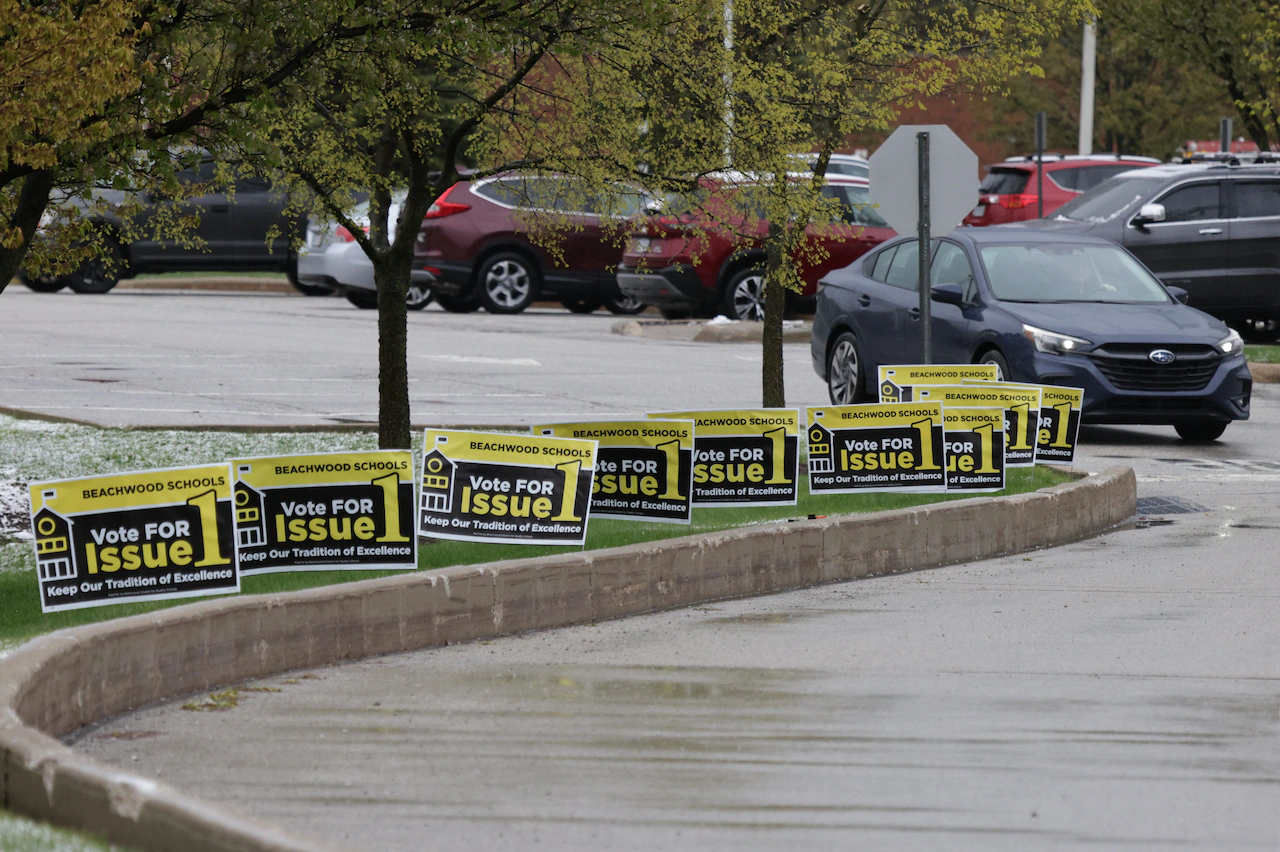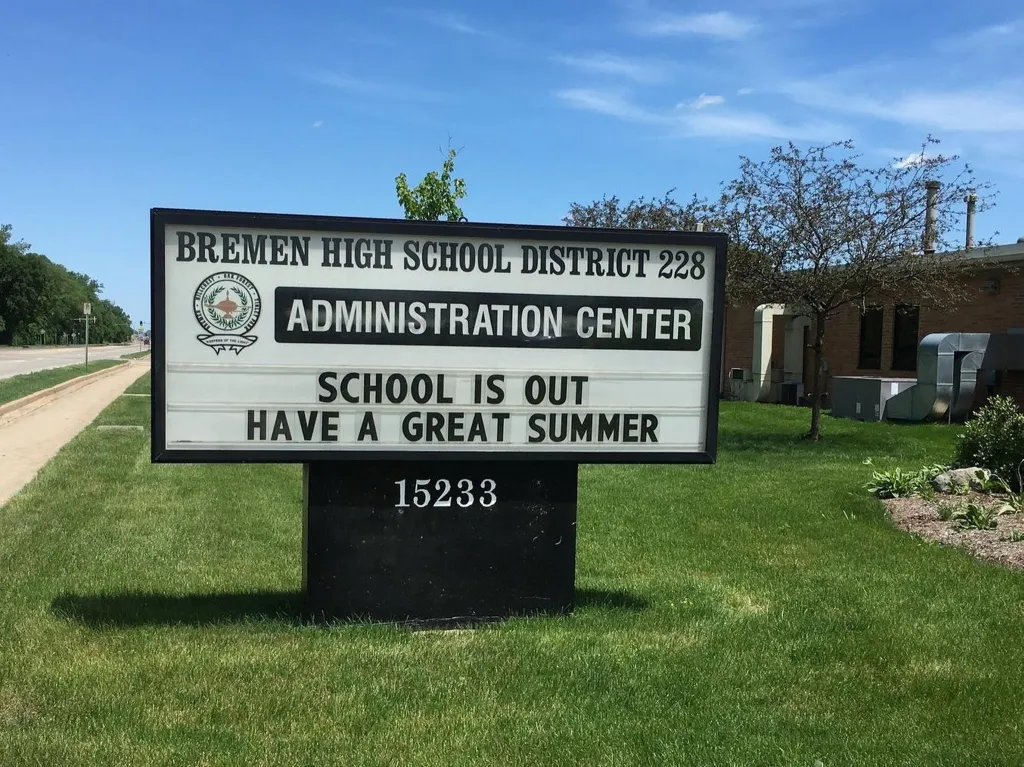
COLUMBUS, Ohio — Homeowners in Garfield Heights pay $3,308 a year in property taxes for every $100,000 of home value. In Brunswick, they pay about half that.
And the differences don’t stop at their tax rates. The two communities divide their tax dollars in very different ways.
In Garfield Heights, the school district collects 52.4%, but the city’s share is unusually large at nearly 29%.
Head to Brunswick in Medina County, and schools take three-quarters of the pie. The rest gets spread among Medina County, the library, the joint vocational school and the park district.
In Lorain, the library collects more than 7% of a homeowner’s total bill, compared with 2%–3% in most places.
These kinds of differences aren’t just trivia — they shape what communities can afford and what residents get in return.
A district that pours most of its resources into schools looks different from one with strong parks but underfunded classrooms.
Property taxes are also hitting an inflection point.
Frustrated homeowners are demanding relief. Republican leaders, despite their supermajorities in the state House and Senate, are divided over how to bring bills down. And outside Columbus, one group is pushing a ballot measure to eliminate property taxes entirely.
Read more: Who broke property taxes? How state actions shifted the burdens to communities
With property tax reform at the forefront, cleveland.com examined what makes up residential property tax bills across the Greater Cleveland and Akron area.
Use this database to see how the tax bill breaks down in your area. Some mobile users may need to use this link to view the database.
Schools take the biggest slice
It probably won’t surprise anyone that schools make up the largest part of most property tax bills in Northeast Ohio.
In some communities, like Aurora and Brunswick, schools take about three-fourths of the total. In others, like Ashtabula Township, the share drops closer to 43%.
Still, in most places across the eight counties of Northeast Ohio, schools account for more than half the bill. The median is 57%, which is what you’ll find in places like Boston Heights, Chardon, Seven Hills and Bay Village.
And that local share is climbing.
In fiscal year 1999, the state covered about 47% of the base cost of education, according to the Ohio Education Policy Institute. This fiscal year, the state will cover 38% of the cost. By 2027, that share is projected to drop to 32%.
As the state steps back, more of the responsibility for funding schools shifts onto local homeowners.
Democrats and education advocates argue it’s forcing districts to keep asking voters for new levies.
Republicans counter that schools should take a harder look at how they spend money — especially on administrative costs — before asking taxpayers for more.
Where the rest goes
Except for a few outliers, cities generally collect less than 20% of your taxes. Brunswick, for example, receives 7.8% of what its property owners pay.
Cities rely on other revenue sources, like municipal income taxes, local government funds and sales taxes to fund most of their budgets.
Park district levies, while often popular at the ballot box, tend to be small slices too.
They range from 0.6% for some areas in the Ashtabula County Metroparks to 5% for the Cleveland Metroparks portion of the Hinckley Township bill.
The Metroparks share runs slightly higher in Medina County’s Hinckley Township because the community’s overall tax rate is lower. More typically, the Cleveland Metroparks take about 3.5% of the total.
The analysis is based on files from the Ohio Department of Taxation, which identify which government bodies receive the money. But the breakdown is not one-size-fits-all.
For example, while most local education dollars come from district-level taxes, there is some sharing.
Administered separately, regional joint vocational districts serve high school students from multiple districts, though other districts outside those JVS areas run their own programs with their own money.
Lake County adds another wrinkle: a financing district formed in 1990 to distribute revenue from the Perry nuclear power plant more evenly among the Madison, Painesville, Perry and Riverside school districts.
That district accounts for about 3% of the bill in those communities. Each district also levies its own taxes separately, which make up a much larger portion.
Libraries add another layer to the property tax picture.
In most Northeast Ohio communities, they account for a low percentage of the bill, less than 1% in places like Amherst, Amherst Township, Kirtland Hills and Waite Hill. But they can reach as high as 7.4%, like in Lorain.
Typically, libraries land around 3%.
In rare cases, usually involving construction bonds, a piece of the library tax shows up under city or school district lines in the state’s files.
Local levies have also become more important to library districts as Ohio has cut back on state funding. Forty years ago, no public library in Ohio relied on a property tax levy. Today, most do.
In 2001, the state spent $496 million on local libraries. This fiscal year, we’re spending $485 million.
Community colleges also play a role.
Three community colleges levy property taxes in the region — Cuyahoga, Lakeland and Lorain County. Their shares of the homeowner bill range from 3% for Lakeland in Kirtland Hills to 6.8% in Strongsville for Cuyahoga Community College.
But whether it’s schools, libraries, parks or community colleges, property tax shares all go toward keeping services running.
Outside of special bond issues for construction projects, these aren’t one-time expenses — they’re the ongoing costs of operating local government.



